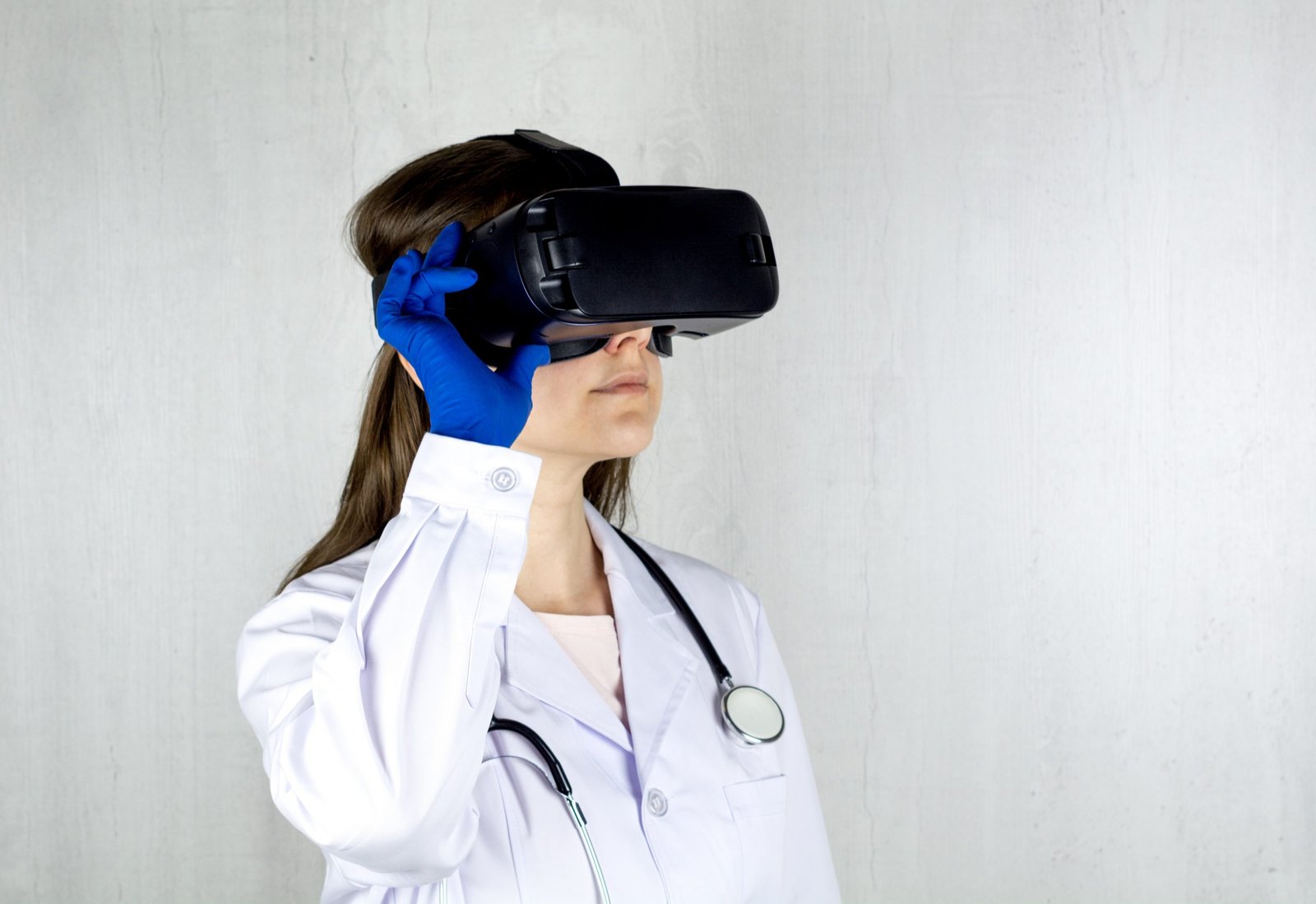The worldwide outbreak of COVID-19 has put telemedicine, additionally known as telehealth, at the top of the list of preferred healthcare options.
The pandemic, however, was not the birth of telemedicine, just merely a catalyst to its heightened popularity in the year 2020.

Health care worker retention has increased greatly, as medical professionals are less likely to abandon the industry now with the option of telemedicine. Many patients claim that they will probably continue using telehealth services even after the pandemic fades out because of the perks it offers. If you’re curious as to what it is about these services that have everyone buzzing, then read further about the ups and downsides of this new-age healthcare.
What Is Telehealth?
Telehealth services provide healthcare through the use of telecommunications. All appointments are held virtually through video chatting. Patients can send messages, pictures, or videos through a mobile app of their ailments for the doctor to evaluate and send feedback.
The Pros
Accessibility
There’s a massive shortage of doctors and healthcare providers in rural and urban areas. Telemedicine hasn’t solved this problem, but it has given a solid option to people without easy access to healthcare. Additionally, those who are homebound can now get medical advice almost instantaneously without having to leave their homes.

Dermatological healthcare is significantly more difficult to come by, and those living in somewhat isolated, rural areas specifically cannot get a specialist’s advice on skin issues. Curology is an example of a telehealth company that is breaking barriers by meeting the needs of underserved citizens. “What is curology,” you ask? The best way to find out is by taking a gander at their homepage to see what their skincare experts have to say.
Convenience
An obvious upside of telemedicine is the convenience of being able to get medical advice without having to spend hours commuting and waiting to see a doctor. People oftentimes have to take time off work or arrange childcare if they want to visit the doctor. This type of service absolves people of all of that.
Reduced Exposure to Germs and Bacteria
The pandemic is transforming the way many companies are doing business in an effort to limit exposure to the virus, and health services are no different. As aforementioned, although the pandemic was not the birth of telemedicine, it has caused a spike in its popularity, especially with the elderly and those who are more at risk of contracting it. Now people can still receive medical care without putting themselves in danger.

Reduces Unnecessary Doctor Visits
By having a doctor on speed dial, patients who have recurring health troubles can now get medical guidance without needing to make an actual visit to a hospital. Those who are living with mental or emotional disorders in particular benefit from this because more often than not, those patients just need a doctor to talk to more than anything else. This allows them to get the assistance they need without having to commute while under stress.
Great for Those Who Travel Often
Those who travel need to have access to health services in case of injury or recurring health problems. Telemedicine has provided the best alternative to traditional healthcare because people no longer have to worry about whether or not they will be covered if they need care while in another zip code or country. This allows travelers to be able to travel in peace without the stress of possibly not having healthcare.
The Cons
No Physical Contact
Of course, there is no way for a doctor to closely examine physical symptoms or side effects you might be experiencing. This might lead to many other problems such as misdiagnosis or unnecessary stress from the patient. Some medical ailments need to be seen in person to be properly cared for, and many telemedicine doctors might refer you to a doctor you can see face-to-face if they feel they can’t properly diagnose you.
Tech Savviness May Vary
Not all of the doctors working for telehealth services are the most tech-savvy individuals. Some services provide little to no training as far as how to be effective within the software. There could easily be miscommunications, and some doctors might be more responsive than others just simply because they understand the software better.

Possibility of Misdiagnosis
Because of the lack of physical contact and the margin for error, more people than usual in 2020, especially children, were wrongly prescribed antibiotics. As you may know, antibiotics are supposed to be the last resort prescription, as they lower the patient’s immunity, thus making it difficult to fight off sickness. At the height of telemedicine’s popularity, more people were given an antibiotics prescription as a solution than ever before.
Lack of Care Continuity
The medical professionals working for telehealth services will only have access to the medical records that the patient has. By not being able to get a full scope of understanding of patients’ medical histories, doctors might struggle to know right away what kinds of medical issues they are dealing with. It might take more time than usual for a doctor to fully catch on to the condition and provide a sound diagnosis. Many misdiagnoses could occur before the proper one is distributed.
Face-to-Face Care is Preferred for Children
Telehealth services might serve as a fantastic option for adults who are busy and cannot make it to the doctor often, but it should not serve as a replacement to a family physician or pediatrician for your child. Children are obviously in their developmental stages where their health and wellness need to be monitored and closely examined from time to time. This is important so that doctors can take preventative measures and see any potential problems in their earliest stages. Such a thing might not be possible through the use of telehealth services.
While these are many of the pros and cons of telemedicine, they are by no means the only ones. Depending on your case, it might lean in your favor to choose telehealth over traditional healthcare, or vice versa. Remember to always seek the guidance of a licensed professional if you are experiencing life-threatening symptoms.







